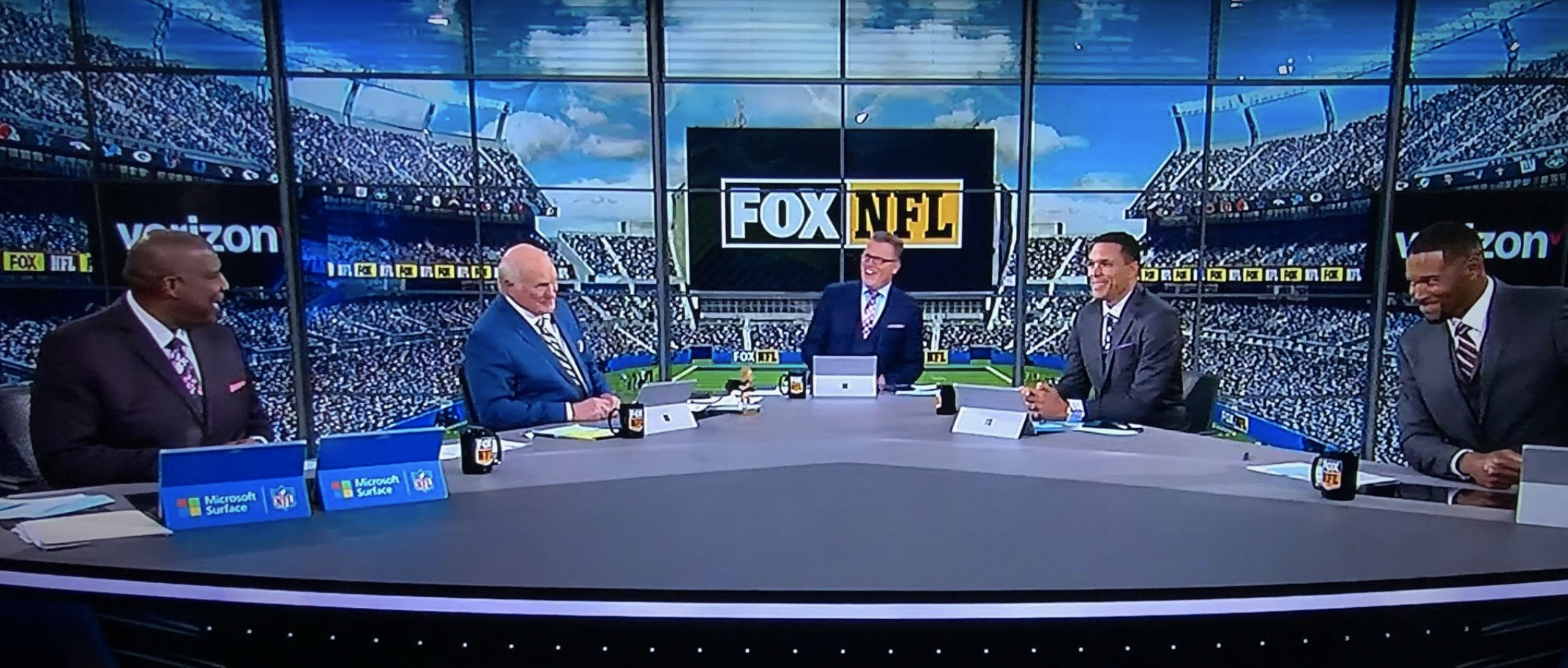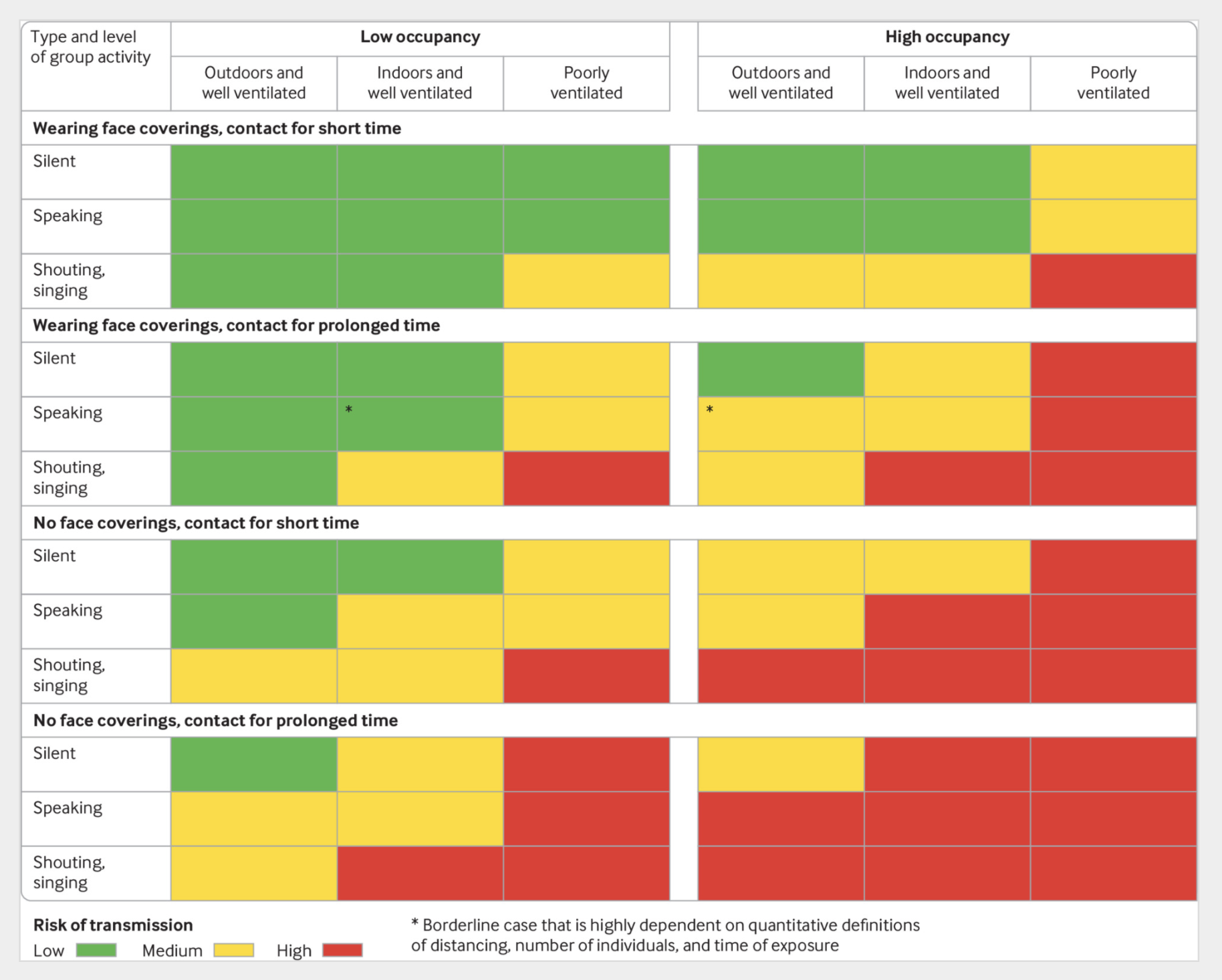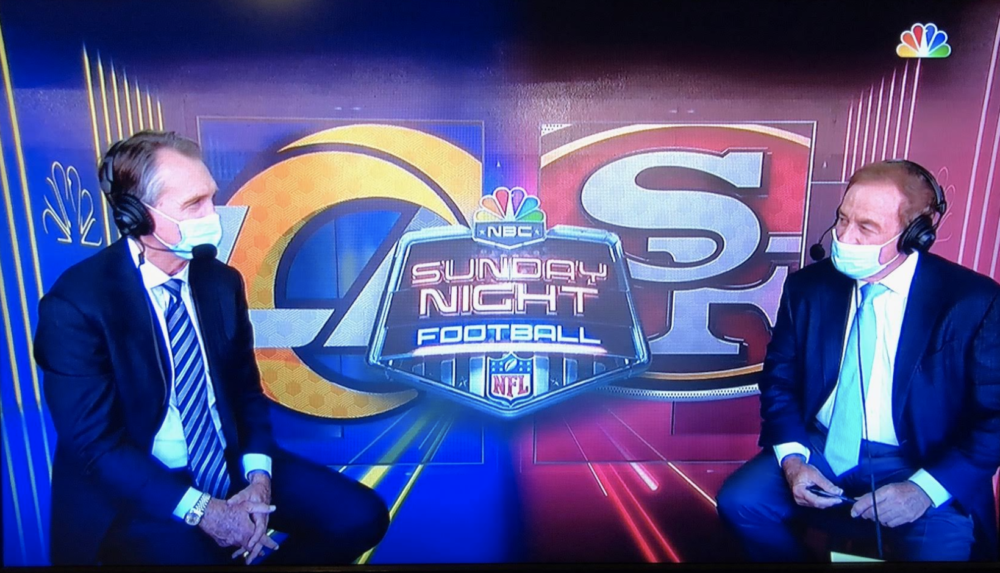For months epidemiologists have predicted a coronavirus resurgence in fall and winter. Now cases and hospitalizations are skyrocketing in the US and Europe like clockwork, laying the groundwork for a devastating surge in fatalities.
As Dr. Anthony Fauci says, “I think we’re facing a whole lot of trouble.”
Much of the surge is driven by colder weather and a migration to the indoors, where the virus thrives. But a lack of clear indoor guidelines in the US threatens to accelerate the spread even further. For example, is it OK to have people over for dinner if everyone is strategically placed six feet apart? Do they have to wear masks?
Anti-maskers have an easy answer. But the challenge extends to reasonable people who are struggling with planning the holiday season with family – or just figuring out how to have drinks with a friend as we enter the darkest days of the pandemic.
At Factal we’ve held bi-weekly COVID-19 webinars with our partners at Emergent Risk International since the beginning of March, parsing through virus data, medical studies and restriction trends. As we remind our attendees each time, the virus hasn’t changed – it’s human behavior that dictates what happens next.
(Register for the next Factal-ERI coronavirus webinar)
As human behavior shifts, so does the infection curve. When restrictions are loosened for indoor gathering spots like bars and restaurants, infections grow. When people’s sense of risk wanes – whether due to compliance fatigue or conflicting messaging – infections begin to creep up again. Again and again, we’ve been able to predict macro shifts in infection rates just by analyzing trends in human behavior.
The migration to the indoors represents a dangerous new behavioral trend for states and countries in colder climates. COVID-19 primarily spreads through the air in indoor settings – in fact, one Japanese study found the odds of contracting the virus in a closed environment is 18.7 times greater than an open-air setting.
But CDC and other public health guidance is often vague. The CDC says you should stay six feet away and wear a mask “when you’re around others.” But then you’ll find new guidance that the virus may be “able to infect people more than six feet away” and “can linger in the air for minutes or hours.” This is especially the case in enclosed indoor settings with people who are “breathing heavily.”

If that’s the case, should Terry Bradshaw and company be wearing masks as they sit six feet apart inside the same indoor studio for hours on end, talking loudly and laughing with each other?
Since Bradshaw can do it, why can’t you have friends and family over for dinner, placed six feet apart in your dining room (assuming you have a dining room in the first place) for a couple hours? Perhaps with an air purifier? Without masks, of course, because how is everyone going to eat and drink?
As we head into winter and the holiday season, these unanswered questions pose a tremendous risk. Writes Joe Pinsker in the Atlantic, “The holiday season represents a different, more collective sort of temptation that’s likely stronger than any of the ones that came before it.”
Some researchers argue that the six-foot rule is an oversimplification designed to keep things simple for the public. But six feet apart in an enclosed space is much different than six feet apart outdoors.
“Physical distancing is an important part of measures to control COVID-19, but exactly how far away and for how long contact is safe in different contexts is unclear,” explains Oxford researcher Nicholas Jones in the medical journal BMJ.
So Jones and colleagues created a grid to represent the risk of COVID transmission in different situations:

The matrix divides risk by occupancy, ventilation, exposure time, masks and whether people are silent, speaking or shouting. Under the model, speaking with other people inside – even in a “well ventilated” area –qualifies as a high risk of transmission unless everyone is wearing a mask.
Sorry, Bradshaw. It’s time to mask up, just like your colleagues at NBC’s Sunday Night Football occasionally do.

There are lots of ideas on how to reduce the indoor risk of the virus – this New York Times story lists several – but in the end, experts still agree that there’s one preventative move that’s more effective than any other.
If you’re in the same room with people outside your household, wear a mask.
(Register here for Factal-ERI’s October 29th webinar on COVID-19. Cory Bergman is the co-founder and VP of product and news for Factal. Top photo from Erik Mclean on Unsplash.)

